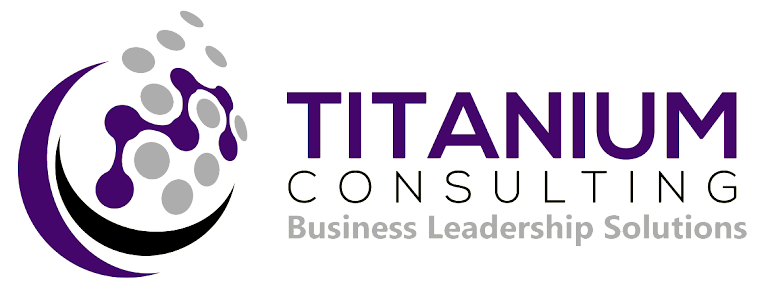Executive Leadership Training
In today’s fast-paced and complex business environment, executive leadership training has become an imperative need. Organizations rely on their leadership to navigate through uncertainties, make effective strategic decisions, and inspire their teams to achieve goals. Executive leadership training helps leaders hone their skills in critical areas such as strategic thinking, emotional intelligence, conflict resolution, and change management. By fostering self-awareness and imparting new competencies, this training prepares leaders to confront challenges with confidence and steer their organizations towards sustainable success.
Enhancing Supervisor and Management Training
Organizations and employees are increasingly investing in training and development. This investment is a significant move toward fostering a culture of continuous learning and improving overall workplace efficiency. When individuals are equipped with the right skills and knowledge, they are better able to perform their duties, including the essential task of working with individuals on a one-to-one basis. Upgrading supervisor and management training courses not only equips those in positions of authority with necessary competencies but also facilitates a better understanding of individual team members’ needs and capabilities.
Executive and Leadership Training
Executive and leadership training offers a tailored approach to professional development. This kind of training is particularly beneficial for potential leaders, newly-appointed supervisors, and those who are having difficulty adapting to leadership roles. The training process provides these individuals with the strategies they need to improve their leadership skills and abilities. Executive and leadership training helps mitigate some of the intense pressures leaders may face, including the execution of complex tasks under stringent time constraints.
Overcoming Challenges in Leadership
Leaders often have ambitious plans, such as implementing new behaviors, training new team members, delegating tasks, and more. However, they may find themselves grappling with issues like shifting goals, falling back into old habits (or “default” behaviors), and coping with a constant stream of meetings and training sessions. This phenomenon, known as “nonessentialism,” can prevent leaders from focusing on their key objectives and realizing their full potential.
Investing in Employee Development
To counter the effects of stress and high-pressure situations, organizations are investing more resources into employee development. This includes providing tools and resources that help individuals develop new frameworks and methodologies. A combination of classroom training and one-on-one training sessions can prove particularly effective. By giving employees the skills they need to avoid falling back into default behaviors under stress, these initiatives help to cultivate more sustainable leadership within organizations and enhance overall performance.
See how we can custom tailor solutions for your business.
